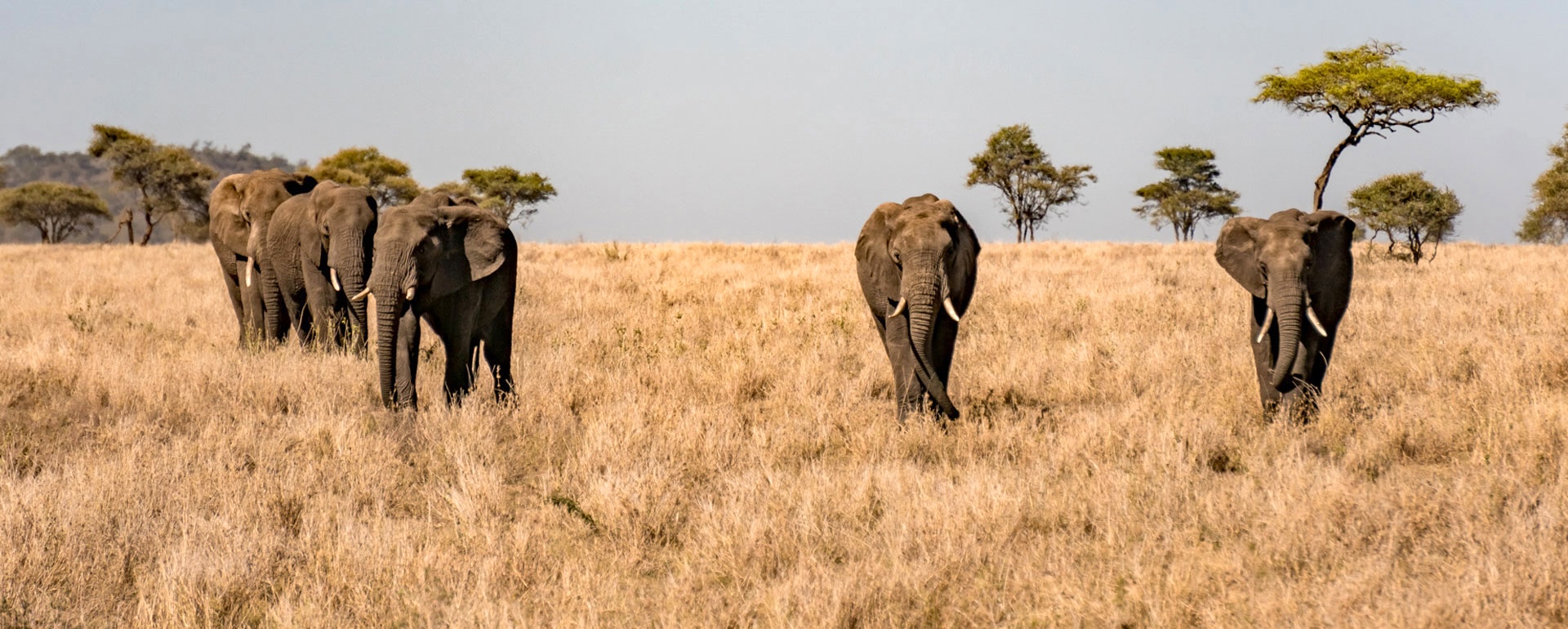Nestled in Tanzania’s Northern Circuit, Tarangire National Park is a hidden gem for a Tanzania Luxury Safari. Spanning 2,850 km², this park is renowned for its vast elephant herds, iconic baobab trees, and diverse ecosystems. Tarangire offers an intimate wilderness experience, distinct from the busier Serengeti or Ngorongoro Crater.
Its landscapes, from the Tarangire River to Silale Swamp, support an estimated 25,000 animals, including four of the Big Five—lion, leopard, elephant, and buffalo. Only Rhinos can not be spotted in Tarangire, amongst the Big five.
The park’s 550+ bird species and vibrant Maasai culture add depth to its allure. At Safari Desire, we present this comprehensive guide to Tarangire National Park, crafted to inspire your luxury safari in Tanzania.
Explore Tarangire’s history, ecology, luxury accommodations, and exclusive activities. Each element is curated for discerning travelers seeking an extraordinary adventure.
Significance of Tarangire for a luxury safari in Tanzania
Tarangire National Park is a cornerstone of a Tanzania Luxury Safari, celebrated for its dense elephant populations and striking scenery.
The Tarangire River, the park’s lifeblood, sustains wildlife year-round, particularly during the dry season (June to October) when animals congregate along its banks.
The park’s diverse habitats—acacia woodlands, grassy savannas, and seasonal wetlands like Silale Swamp—host a rich array of species. Lions roam the plains, leopards lurk in riverine forests, and buffalo graze near swamps.
Tarangire’s elephant herds, often numbering in the hundreds, are among Africa’s largest, making it a must-visit for wildlife enthusiasts.
Beyond its natural splendor, Tarangire offers an exclusive safari experience. Safari Desire arranges luxurious accommodations, such as Sanctuary Swala and Tarangire Treetops, blending elegance with the wild. Cultural encounters with the Maasai, who live near the park’s boundaries, provide authentic insights into their traditions.
Located just two hours from Arusha, Tarangire combines accessibility and seclusion. This makes it an ideal destination for a Tanzania Luxury Safari.

